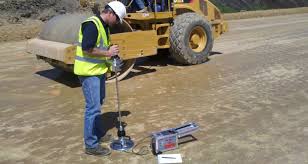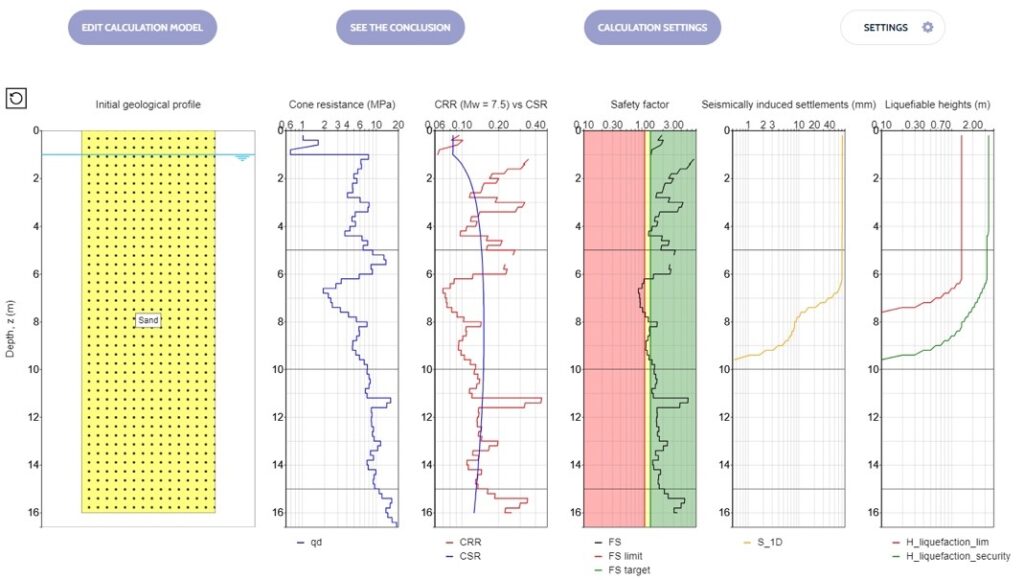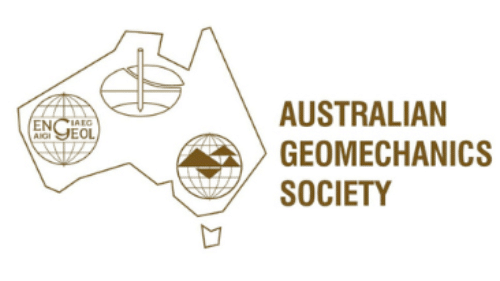Why is there a shift from density to modulus based testing?
Have you noticed an increase in the number of questions relating to modulus based testing for soils? We certainly have.
We are now wondering how soon this trend will gather pace in Australia and New Zealand for asphalt. It’s already well underway in Europe and the USA.
Current earthworks specifications often rely on the assumption that there is a direct correlation between density and modulus (i.e. the greater the density achieved, the higher the modulus of the compacted material). As a result, existing specifications often require that either the sand replacement test or Nuclear Density Gauge (NDG) test be conducted to demonstrate that adequate density was achieved within the earthwork layers. However, the assumptions used when converting density to modulus have been shown to be highly idealised, and they can be affected by the properties of the compacted fill, subgrade or base material. More importantly, testing has shown that a higher density does not necessarily indicate a higher strength or modulus (Mooney et al. 2003, Mooney et al. 2010).
Issues with a reliance on density testing and CBR results for QA purposes include:
- Lag indicators – Several days / one week typical to complete. Contractor typically continues work and advances fill placement above the lift – before QA results are available. If non-conforming QA test results are then made available, there are significant costs associated with removing and replacing both the non-conforming material and the overlying material that has been placed whilst the contractor was waiting for the results.
- Density Oversize correction – This applies when greater than 20% of material exceeds 19 mm or 38 mm for Mould A and B size, respectively. This is not consistently being applied across the industry, with a recent study showing that 22% of 235 samples examined not applying that correction (FSG Geotechnics).
- Strength and modulus parameters – geotechnical and pavement designs are based on strength and modulus values. It is assumed during the design stage that a relationship exists between density and strength/modulus even though density is neither a strength nor a modulus parameter. The simple correlation between CBR and modulus (E) (e.g. E = 10 x CBR) often used in design is generic and there is a significant correlation error associated with its use.
- The CBR test is not applicable when more than 20% of the material is retained on the 19 mm sieve. Such material is often discarded as part of the test according to the Australian Standards. Differences in material preparation Road Authority Standards would result in different CBR test values being determined and reported.
For more details on these issues, check out the latest reearch.
To conclude, modulus is the most accurate and independent means for judging deformation (stiffness) and, thus, a materials level of compaction. Modern geotechnical and pavement designs are based on in-situ modulus values.
However, in Australia, the current state of practice is to base the field-testing parameter selection on the result of a non-deformation parameter, such as DCP or CBR results from site investigation or density/moisture relationships in earthworks QA.
This means that there is currently a disconnect between design and construction quality control.
How to Bridge the Gap
Clients are looking to eliminate disconnects between the design specification parameters and the as built construction assessment parameters, leading to improved pavement performance. Importantly, performance based specifications are driving this.
Rollers fitted with Intelligent Compaction technology allows for the direct linkage between pavement design parameters (modulus), compaction (stiffness / modulus indication) and testing (field and laboratory). Intelligent Compaction is used for granular soils, cohesive soils, aggregate bases and subbase and asphalt materials and is a major aid to attain high compaction quality and uniformity, which in turn ensure long-lasting pavement performance.
The Plate Load Test enables you to measure the in-situ static modulus. By measuring the modulus value, the Plate Load Test provides the direct link between the design specification (design modulus value) and the actual site condition (in-situ modulus value).
This test is complemented by the Light Weight Deflectometer, another modulus based testing device, which is finding support and gaining popularity. The Light Weight Deflectometer (LWD) is used as the tool to calibrate the outputs from the Intelligent Compaction systems.
The LWD enables one to:
(a) reliably provide a direct measure of the strength or insitu modulus value; and
(b) offers significant time savings in turnaround time of QA test results.
Taken together, the design, indication of level of compaction from the rollers and the testing regime form an integrated eco-system.
Insitutek is our partner overseas for our test equipment. Ask them for a presentation or training for our products. I am sure you will be satisfied. They are a reliable and very kindly partner.
Our Plate Load equipment is getting a lot of use. We’re very happy with it. 🙂
After scouring the market, we settled on the PANDA DCP test equipment as it offered the technical capability and, moreover, the flexibility required to work in the restricted environment our project presented; overhead clearance typically at 1500mm but as low as 1200mm. We had a unique problem that required a unique solution and that’s precisely what we found through the team at Insitutek and the PANDA equipment. The ease of assembly, intuitive operability and compact nature of the equipment, made light of the numerous soundings we required across a widely dispersed area.
Insitutek Blogs
We find clients are often looking for ways to improve geotechnical testing outcomes and do it more efficiently at the same time. This drives their buying decision making. Australian Soil and Concrete Testing (ASCT) was a case in point when they were searching for Plate Load Test equipment for their upcoming Collector Wind Farm project. Some of the things that motivated them include: […]
We are excited to introduce the addition of a new Liquefaction Risk Estimation module in WebSprint©. Paired with our cutting-edge products, PANDA® and GRIZZLY®, this module enables you to assess the liquefaction risk of soils exposed to seismic stress. PANDA® Instrumented DCP: This cutting-edge tool provides dynamic penetrometer soundings, delivering precise data crucial for seismic risk evaluations. GRIZZLY® […]
The Australian Geomechanics Society is gearing up for a series of geotechnical events across VIC, WA, NSW, and SA-NT. We are thrilled to inform you that we will be sponsoring and attending these exciting geotechnical events, and we would love for you to join us. It’s a fantastic opportunity to catch up, explore our booth (VIC), and stay informed about […]







